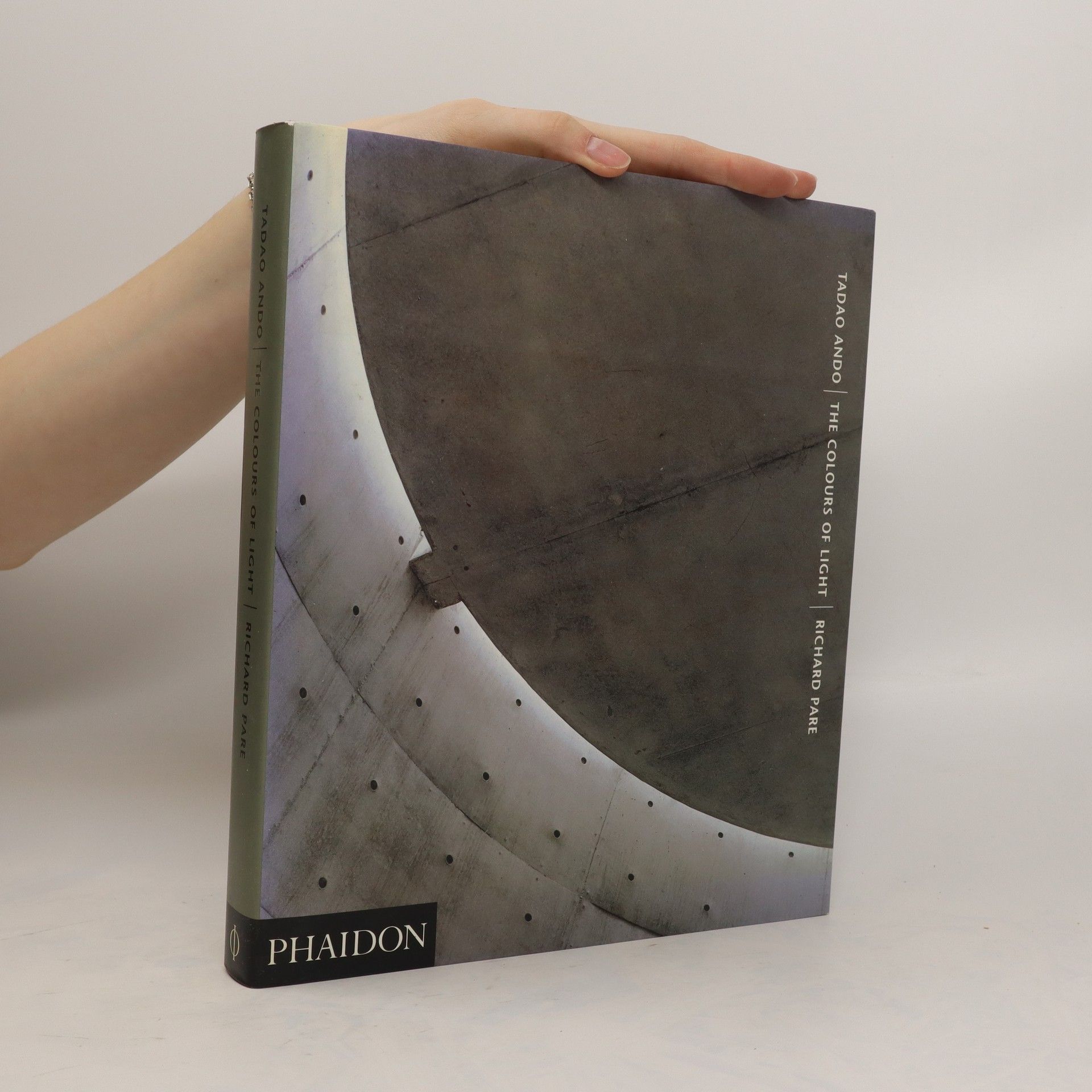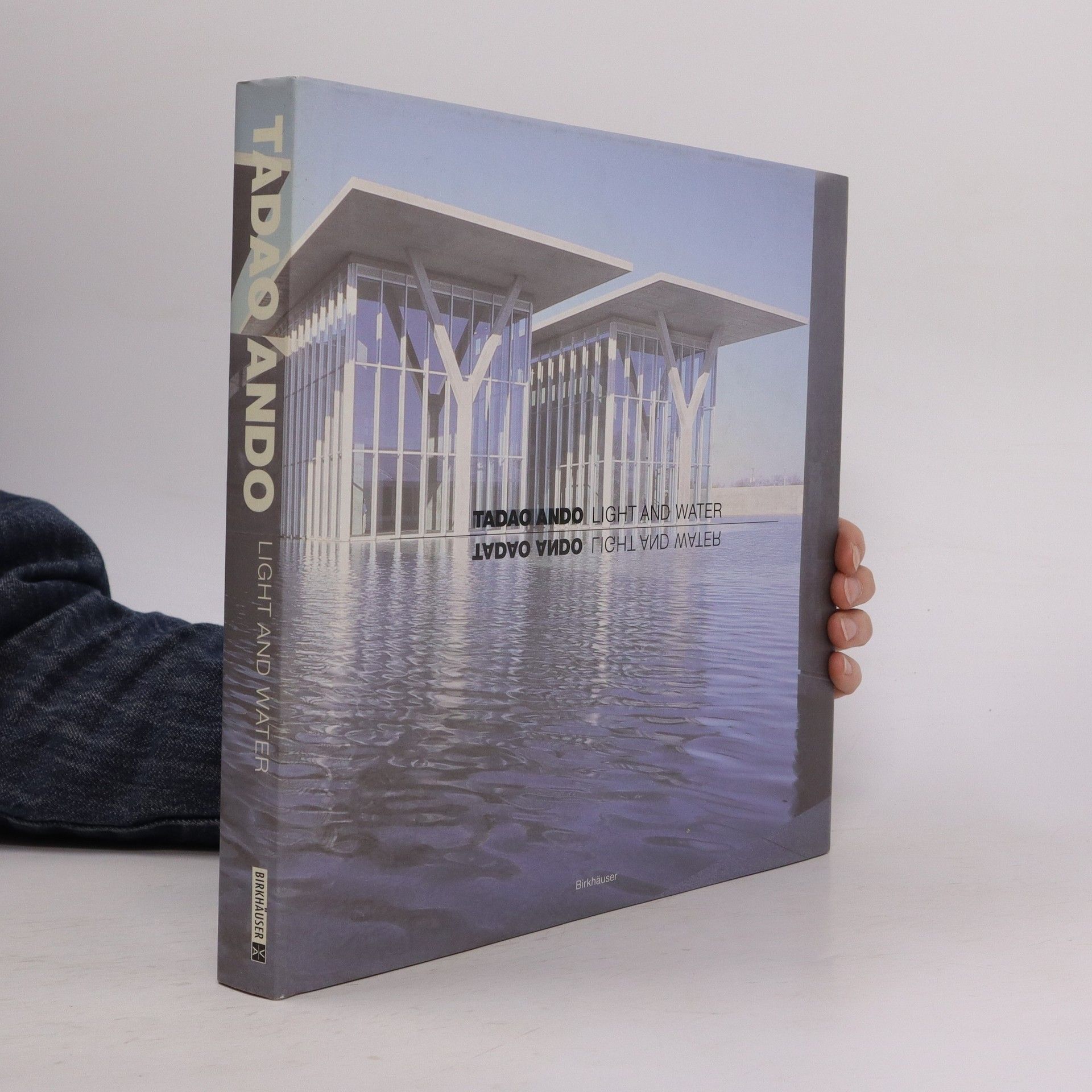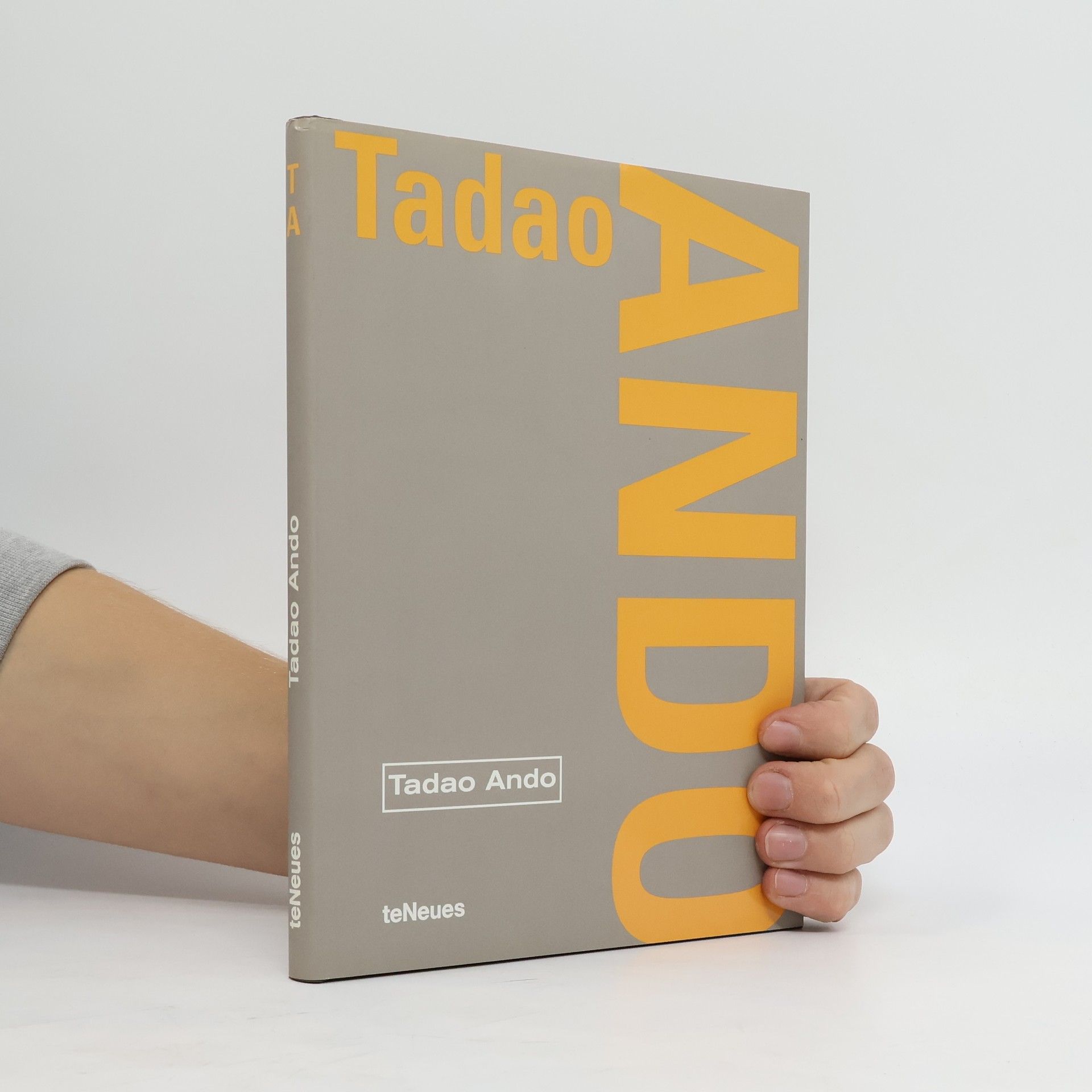Tadao Ando
- 80pagine
- 3 ore di lettura
Tadao Ando è un architetto giapponese autodidatta il cui lavoro è rinomato per l'uso creativo della luce naturale. Le sue strutture seguono spesso le forme naturali del paesaggio, anziché perturbarlo. Gli edifici di Ando sono caratterizzati da complessi percorsi di circolazione tridimensionali che intrecciano spazi interni ed esterni. Questi percorsi si sviluppano all'interno di grandi forme geometriche e degli spazi tra esse.






For almost 30 years, the Italian architect Carlo Scarpa collaborated with the well-known Venetian cabinetmaker Saverio Anfodillo to construct his designs. The Craft of Architecture documents their work together and gives a survey of Scarpa's oeuvre, one of the most outstanding of the 20th century. This publication is informed and instigated by the MAK's 1999 acquisition of a number of design drawings from the cabinetmaker's archives. These include architectural illustrations for the Museo di Castelvecchio in Verona, built 1956-1964, the Galleria Querini Stampalia in Venice, built in 1961-1963, and the Tomba Brion in San Vito di Altivole, built in 1970-1978; as well as furniture design sketches and wooden models of design details, some for a table for composer Luigi Nono. The Craft of Architecture presents for the first time plans, sketches, blueprints, and models from this collection, complemented by photographs of Scarpa's most important built projects.
"Ando selected for inclusion the thirty-five projects that best embody his belief that the interplay with nature defines architecture and the passage of time molds architecture. All are shown in spectacular, specially commissioned color photography. Among the major recent works are the Modern Art Museum of Fort Worth in Texas; the Komyo-ji Temple in Saijo, Japan; the meditation space for UNESCO in Paris; the Pulitzer Foundation for the Arts in St. Louis; and the Armani/Teatro in Milan. Also included are some of Ando's most important and well-known earlier works, including the Church of the Water in Hokkaido, the Church of the Light in Ibaraki, and a series of houses throughout Japan."--BOOK JACKET.
One of the most recent achievements in the brilliant career of Japanese architect Tadao Ando is a spectacular structure composed of basic geometric forms. Situated on the island of Naoshima off the picturesque coast of western Japan, the Chichu Art Museum provides a congenial setting for the presentation of an exquisite selection of undisputed masterpieces of artistic reduction, including a monumental sculpture by Walter De Maria, meditative light installations by James Turrell, and a series of Claude Monet's incomparable Water Lilies. The museum, located on cliffs overlooking the straits of the Seto Inland Sea, is the latest part of an expansive museum environment envisioned by the publisher Fukutake - a private estate filled with sculptures, installations, Land Art, and artist pavilions. This publication presents the building in captivating photographs by Naoya Hatakeyama and Ryuji Miyamoto, showing both the construction site and the completed museum, as well as insightful essays on the treasures contained within.
Combinando influências da tradição japonesa e o modernismo, Ando desenvolveu uma estética que faz uso do concreto, madeira, água, luz, espaço e natureza por um caminho jamais traçado na arquitetura. Ele desenvolveu casas, igrejas, museus, complexos apartamentos e espaços culturais pelo Japão assim como na França, Itália, Espanha e Estados Unidos.